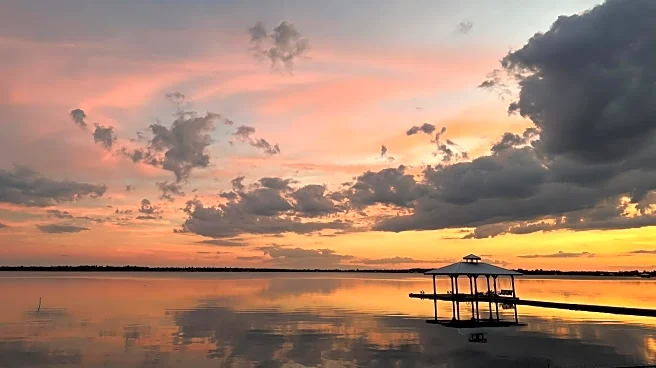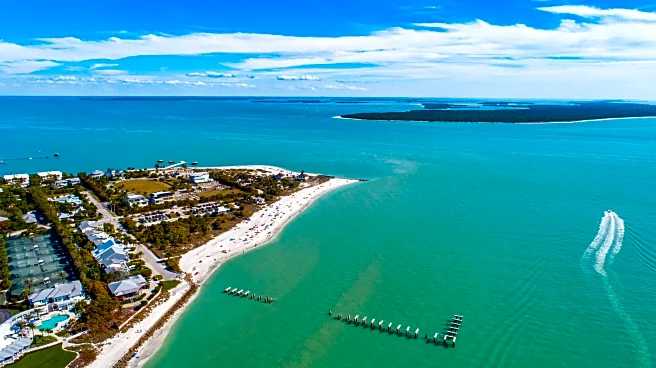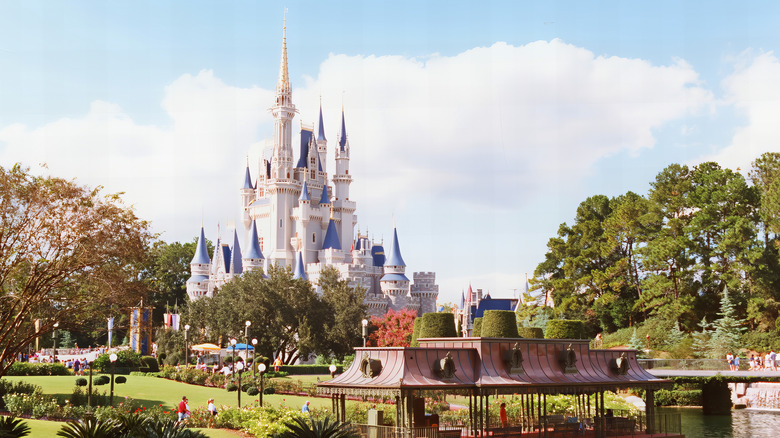
Planning your first trip to Disney World is so exciting. From choosing the hotel you want to stay at to mapping out which parks you want to go to, it's easy to picture yourself indulging in Mickey Mouse-shaped goodies, screaming on roller coasters, and coming face-to-face with your favorite childhood characters.
However, when budgeting for your Disney World trip, there's more than just your accommodation and park tickets to think about. In fact, there are several hidden costs that travelers forget
to factor in — most of which can turn your dream trip into a financial nightmare if you aren't careful. Ultimately, these unexpected costs can easily add hundreds (or even thousands) of dollars to your vacation budget if you're not prepared.
From taxes and tipping to transportation and food, there are a ton of things you should consider adding to your budget when planning your trip to Disney. Actually, it's not a bad idea to plan on having a few hundred extra dollars put aside as a buffer for unexpected costs, or for activities and experiences that turn out to be more expensive than you initially thought.
Read more: 14 Disney World Rides That Aren't Actually Worth Waiting In A Long Line For, According To Visitors
Taxes, Tips, And Additional Fees
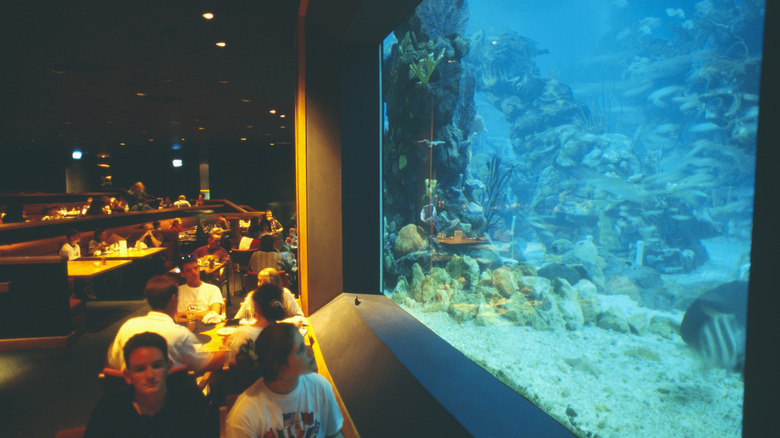
When booking activities, transportation, and dining reservations, the price you see may not be the end of the story. In fact, there can be all sorts of hidden fees that are not included in the sticker price that you'll need to be aware of. For example, although you might think you have the grand total, when you go to the checkout page, you'll notice that taxes and fees have been added on. These can drive up your total cost significantly — sometimes by more than $100.
Dining also opens up a whole new world of opportunities to be charged more than you were expecting. In most cases, tips are not included in the price. This means you need to factor them in when thinking about how much you want to spend on your meals. The same goes for tipping hotel workers, valets, and other staff.
Additionally, there are also dining reservation cancellation fees. Securing a spot for dining at Disney World's most popular restaurants is an important part of your trip planning — even if you are visiting the park during an off-peak time of year with fewer crowds. However, you'll want to make sure to stay committed to the time slot you pick. After all, Disney World restaurants charge a no-show fee that ranges anywhere from $10 per person to $100 per person depending on the restaurant.
Parking Or Shuttles
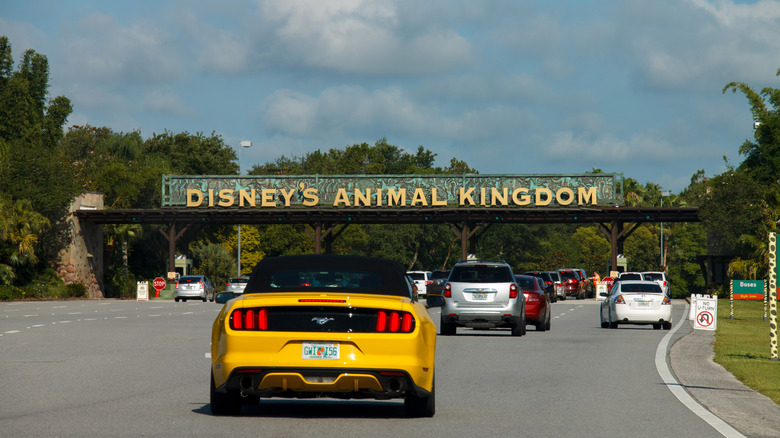
Parking at Disney and your hotel can add up quickly, especially if you are not staying at a Disney World Resort that offers complimentary parking. Most nearby hotels have a parking fee ranging from $15 to $45 per night. And, once at the park, Disney World's daily fee for standard parking is $30, while preferred parking ranges from $45 to $55 per day. That could be hundreds of dollars for a week-long trip.
Beyond that, the drive to the theme parks also costs money. This includes the cost of a rental car, if you choose that option, which can easily add up to hundreds of dollars depending on the length of your trip.
If you choose not to rent a car or drive your own and you're staying off-property, chances are you will rely on some form of public transportation. Some hotels offer shuttles to Disney World, but not all of them are free. And most of them will charge resort fees that cover the cost of your shuttle, even if they advertise it as "free." To make matters more complicated, these shuttles may only run during certain times, might require reservations, and could fill up during the busy season. Additionally, drop-off sites also vary depending on which park you're headed to, and some may even require taking Disney's transportation upon arrival to actually get into the park.
Lightning Lane Passes
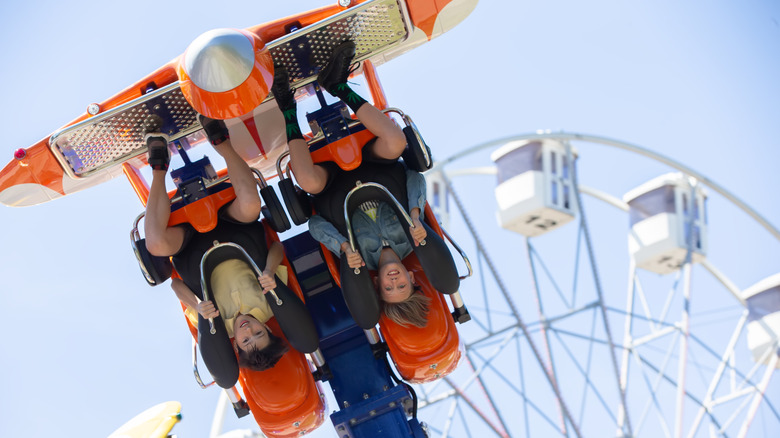
Think you don't need to buy Lightning Lane passes? You know, the ones that let you in the express queue and help you avoid standing in huge lines? Think again. Lines at Disney World can get long, and the last thing you want to do is waste your time waiting around.
Fortunately, Disney's Lightning Lane passes come in a variety of packages. You can choose to buy a single pass for one ride (up to two per day), or a multi-pass, where you can select up to three rides, priced per day and per park. Depending on what option you choose, what time of year you visit, and the time of day, Lightning Lane single passes cost between $10 and $25, while multi-passes cost anywhere from $15 to $39. For a family of four, that's roughly $100 a day in single passes (or $200 if you end up purchasing two), or over $150 if you opt for a multi-pass.
There is also the Premier Pass, which costs between $129 and $449 per person, per day. This type of pass has no ride time restrictions, and guests can choose any ride that participates in the Lightning Lane program. However, it can only be used at one park.
Souvenirs And Other Impulse Buys
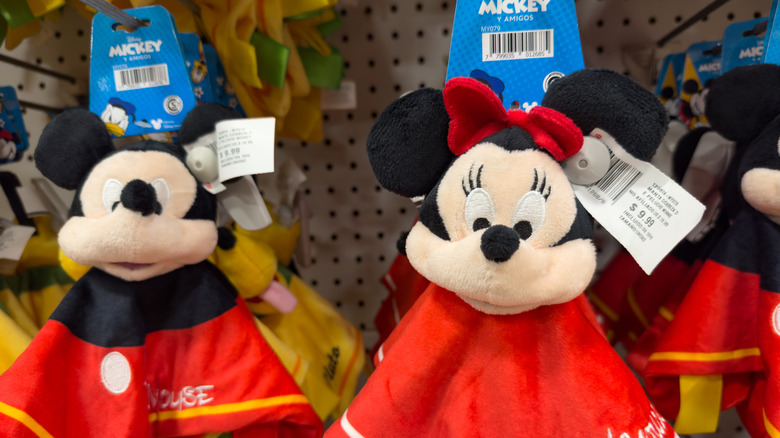
Of course, there are also going to be purchases that you may not plan for or expect, but that you should still leave room for in your budget. These can include any impulse, spur-of-the-moment purchases that you and your family decide to make when walking around the park — especially if you're traveling with kids, or if you are a fan of merch and souvenirs.
Bottles of water, souvenirs, extra snacks, bandages, Mickey-shaped snacks, alcohol, rain ponchos, stuffed animals, T-shirts, action figures— the list goes on. All of these things are easy to buy in the moment, and may not even seem like a lot of money at first. However, these purchases can quickly add up after a few days (or even hours) of being at the park.
To help keep these costs down, there are a few things you can do. First, you can bring your own refillable water bottle and your own rain poncho. That way, you won't be shelling out $4 for every plastic bottle or $10 in case a Florida storm hits. Additionally, you can also make a plan of exactly what souvenirs you want to buy and how many of them you or your kids want as well. That way, you can put together a target budget (with some extra money allocated). Finally, give yourself some leeway to buy one or two Mickey-shaped treats, but remember that you are paying a premium just to have that shape. So, after you've enjoyed your favorite mouse-ear snacks, opt to buy (or bring) regular snacks to fuel your day.
Ready to discover more hidden gems and expert travel tips? Subscribe to our free newsletter for access to the world's best-kept travel secrets.
Read the original article on Islands.


